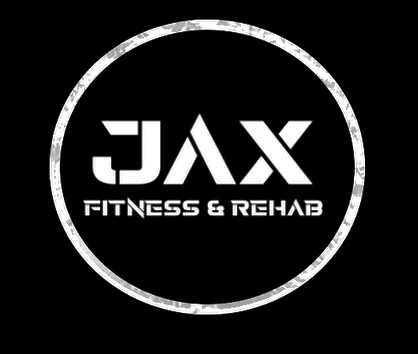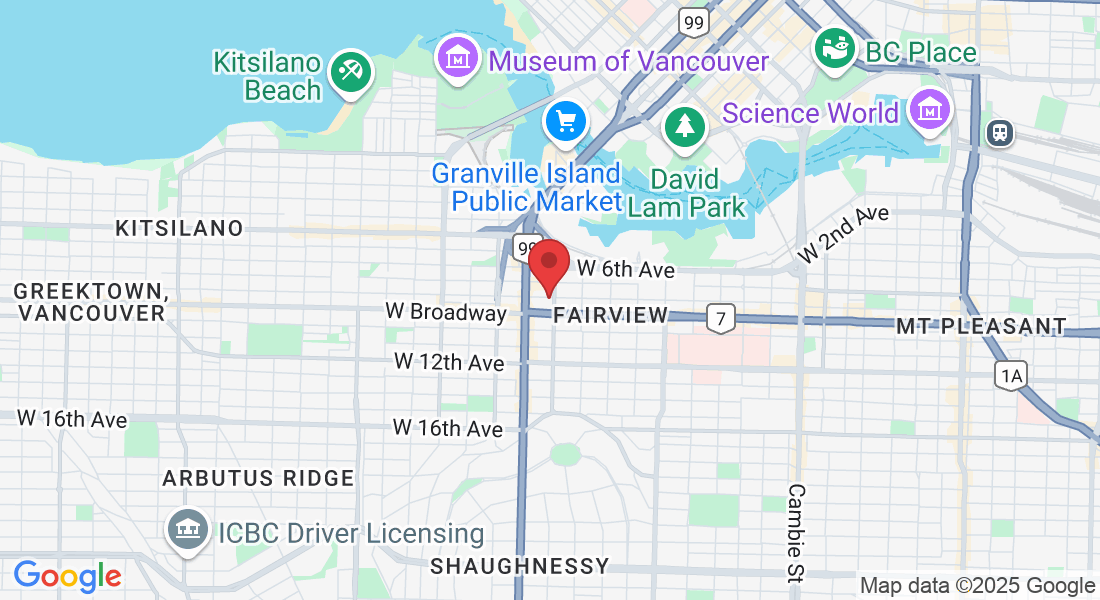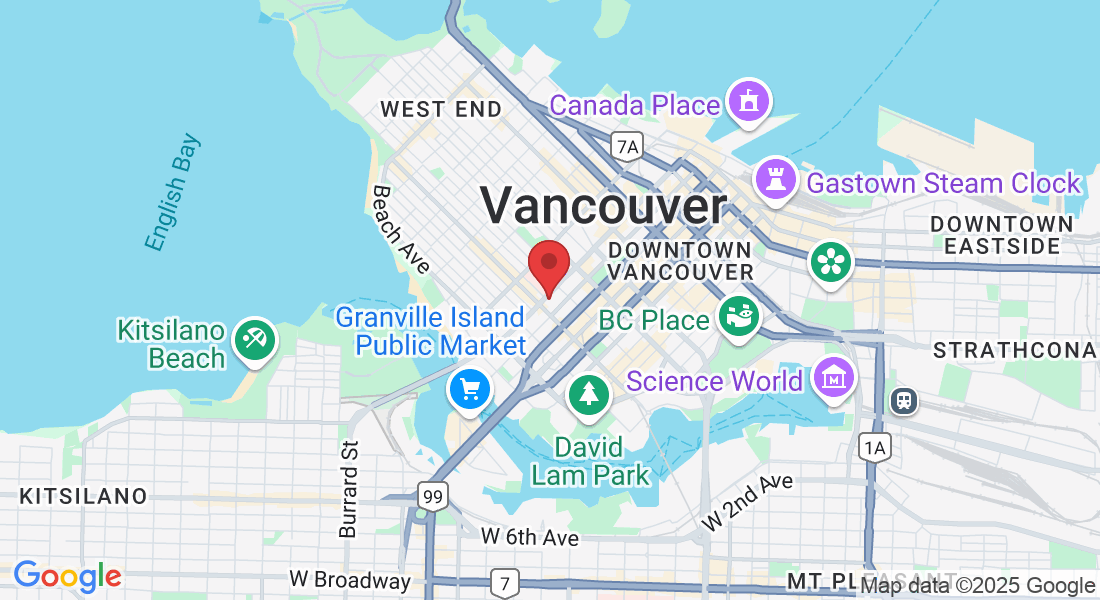
JAX Fitness & Rehab
KNOWLEDGE
Knowledge Is Power
Check Out Our Monthly Blog & Instagram Posts!
We frequently update our instagram with GUIDES and publish our blog post to keep you updated with the latest health and fitness tips!
Follow us on Instagram, Facebook, and SUBSCRIBE to our EMAIL & PHONE campaigns to remind you with your health & fitness goals!
LET'S STAY CONNECTED.

Understanding Plantar Fasciitis and How to Relieve Symptoms
Plantar fasciitis is one of the most common causes of heel pain, affecting runners, athletes, and individuals who spend long hours on their feet. It is characterized by inflammation of the plantar fascia, a thick band of connective tissue that runs along the sole of the foot, connecting the heel bone (calcaneus) to the toes. The condition is often marked by stabbing pain, particularly in the morning or after long periods of rest.
Relieving plantar fasciitis involves addressing the root causes, such as tight muscles, poor biomechanics, and overuse. A comprehensive approach that includes self-myofascial release, stretching, and strengthening exercises can alleviate symptoms and promote healing.
What Causes Plantar Fasciitis?

Plantar fasciitis occurs when the plantar fascia is overstretched or overloaded, leading to micro tears and inflammation. Common contributing factors include:
Overpronation (excessive inward rolling of the foot).
Tight calf or Achilles tendon muscles.
Prolonged standing or high-impact activities.
Poorly fitting footwear or lack of arch support.
Relieving Symptoms: Self-Myofascial Release Techniques
Self-myofascial release (SMR) helps reduce tension in the plantar fascia and surrounding muscles, improving blood flow and flexibility.
1. Rolling with a Tennis or Lacrosse Ball:
Sit on a chair and place a ball under your foot.
Apply gentle pressure as you roll the ball from your heel to your toes.
Spend 1–2 minutes on each foot, focusing on tender areas.

Frozen Water Bottle Roll:
Use a frozen water bottle instead of a ball for added inflammation relief.
Roll the bottle under your arch for 1–2 minutes, especially after activity.
3. C

alf Massage with Foam Roller:
Sit on the floor with a foam roller under your calf.
Roll slowly from the ankle to just below the knee.
Use your other leg to adjust pressure, spending extra time on tight areas.

Stretching for Plantar Fasciitis
Stretching the plantar fascia, calves, and Achilles tendon helps reduce tension and improve flexibility.

Plantar Fascia Stretch:
Sit on a chair and cross one leg over the other.
Use your hand to pull your toes back, feeling a stretch in the arch.
Hold for 20–30 seconds and repeat 3 times per foot.

Calf Stretch Against a Wall:
Place your hands on a wall and step one foot back, keeping it straight.
Bend the front knee and lean forward to stretch the calf.
Hold for 20–30 seconds per leg.

Seated Towel Stretch:
Sit with your legs straight in front of you.
Loop a towel around the ball of your foot and gently pull it toward you.
Hold for 20–30 seconds and repeat on the other side.

Strengthening Exercises for Long-Term Relief
Strengthening the intrinsic foot muscles and supporting structures enhances stability and reduces strain on the plantar fascia.

Toe Curls with a Towel:
Place a towel on the floor and scrunch it toward you using your toes.
Perform 3 sets of 10 reps per foot.

Marble Pickups:
Place small objects like marbles on the floor.
Use your toes to pick them up and place them in a container.

Eccentric Calf Raises:
Stand on a step with your heels hanging off the edge.
Raise both heels, then slowly lower them back down one leg at a time.
Perform 3 sets of 12–15 reps.

Additional Tips

Wear supportive footwear with good arch support and cushioning.
Avoid prolonged barefoot walking on hard surfaces.
Apply ice to reduce inflammation after exercise.
By incorporating self-myofascial release, stretching, and strengthening exercises into your routine, you can effectively relieve plantar fasciitis symptoms and prevent recurrence. Consistency is key to recovery, so commit to these practices and enjoy pain-free mobility!
Post Address and Mail
Email:
info@jaxfitnessrehab.com
Address
FAIRVIEW:
1416 W 8th Ave #201, Vancouver, BC V6H 4A6
DOWNTOWN:
1160 Burrard St #508, Vancouver, BC V6Z 2E8
Get In Touch
Assistance Hours
Monday:
8 a.m.–9 p.m
Tuesday:
8 a.m.–9 p.m.
Wednesday:
6 a.m.–9 p.m.
Thursday:
8 a.m.–9 p.m.
Friday:
6 a.m.–8 p.m.
Saturday:
8 a.m. - 4 p.m.
Sunday:
11 am - 3 PM.
Phone Number:
(778) 771-0223
Studio:
1416 W 8th Ave #201, Vancouver, BC V6H 4A6
&
1160 Burrard St #508, Vancouver, BC V6Z 2E8
Call
(778) 771-3970
Email:
info@jaxfitnessrehab.com
Site: www.jaxfitnessrehab.com


